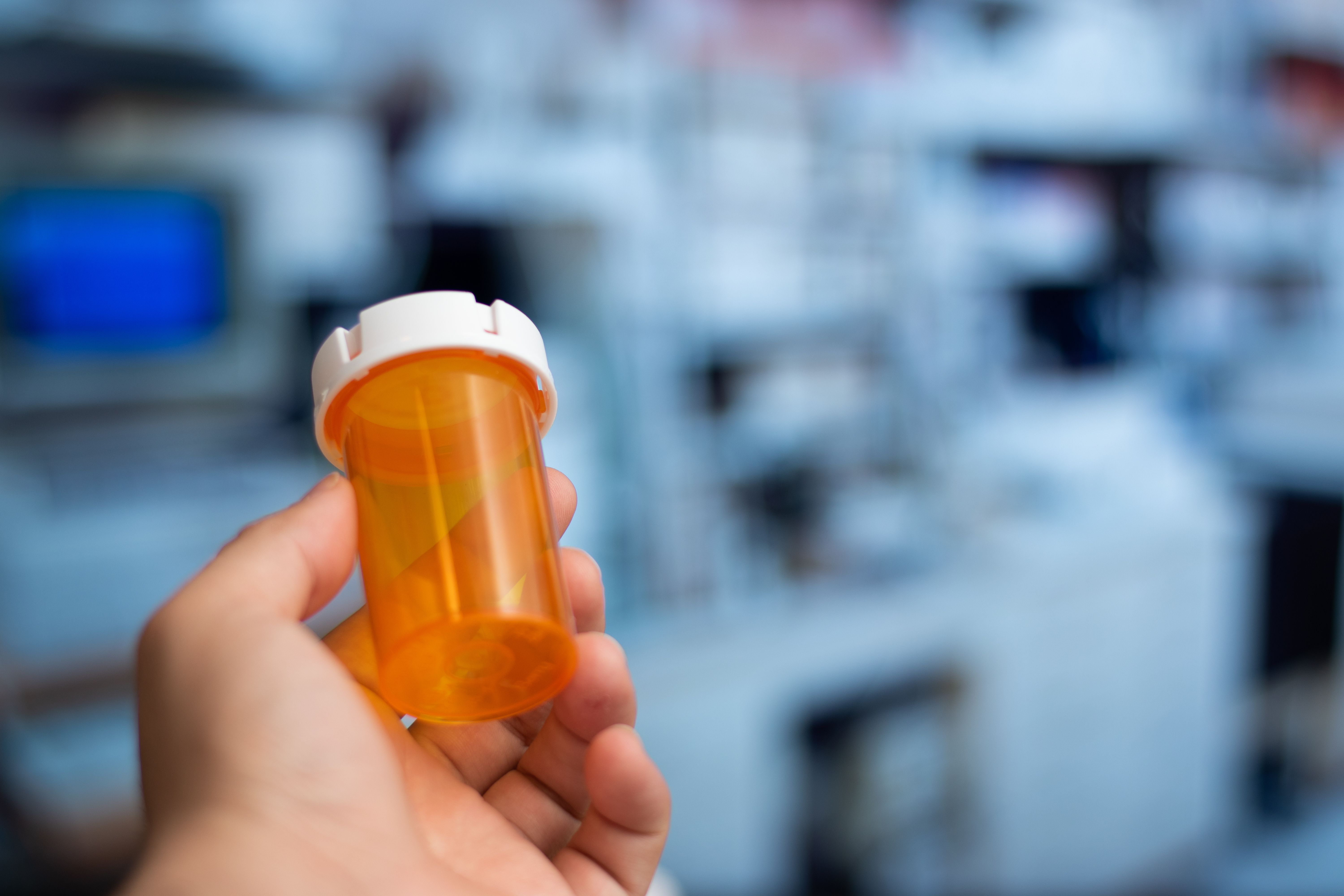Article
10 Reasons Pharmacists Should Care About Horseshoe Crabs
Author(s):
As the last beach trips of the summer are made, some may cross paths with the brown, helmet-shaped marine arthropod known as the horseshoe crab.
As the last beach trips of the summer are made, some may cross paths with the brown, helmet-shaped marine arthropod known as the horseshoe crab.
Although horseshoe crabs and pharmacy may not have a well-known association, the marine animals actually play a major role in products and operations involving pharmacists.
In Horseshoe Crab: Biography of a Survivor, author Anthony D. Fredericks outlines 10 ways horseshoe crabs help with the development and safety of pharmaceutical products and medical procedures.
If it weren’t for horseshoe crabs, the following experiences could be dangerous or even fatal:
- Staying at a hospital
- Receiving treatment at a medical clinic
- Taking medication from a family doctor
- Receiving an injection of medicine
- Taking a prescription drug
- Wearing contact lenses
- Getting stitches
- Having some form of surgery
- Getting a knee, hip, heart or some other body part replaced or repaired
- Receiving a vaccine
The main reason horseshoe crabs are so heavily involved in these processes is their unique blood.
To provide some context, in the 1900s, physicians realized that injections often led some patients to develop fevers because the process inadvertently injected bacteria into the patient, along with the fluids.
In 1920, a woman named Florence Seibert discovered that rabbits could be used to test whether a solution was contaminated. If a solution contained pyrogens and the rabbit developed a fever, it meant the solution was unfit for humans.
Fredericks noted that the FDA approved the rabbit pyrogen test in 1942, and this process was used until the 1960s, when a man named Frederick Bang realized that the North American horseshoe crab’s blood clotted when bacteria was injected into its bloodstream. Bang and his collaborators discovered that the clotting occurred because of endotoxin, and they were able to show the clotting of the horseshoe crab’s blood cells (amebocytes) could be observed in a test tube.
Researchers now use Limulus amebocyte lystate (LAL) as a way to test whether products are contaminated.
In 1987, the FDA approved LAL as a better alternative to the rabbit test for testing blood products, vaccines, syringes, and other medical equipment, according to Fredericks.
The LAL test involves incorporating a solution into a vial of freeze-dried LAL with endotoxin-free water. After an hour, the lab can see the quantity of endotoxin, if present. If the quantity is above what the FDA allows, the product is trashed.
Today, healthy horseshoe crabs are collected from beaches and taken to “bleeding facilities,” Fredericks wrote in his book. They are then disinfected and bent in a certain way so that a needle can be inserted into the heart.
The horseshoe crab blood, which is blue, is collected and centrifuged and further refined. The blood is so precious that one quart of processed blood is worth around $15,000.
In addition to testing vaccines and medications, LAL tests are also conducted on water used for washing operating room equipment and on artificial devices.
Sutures are also linked to horseshoe crabs because they are covered in chitin, which can be derived from horseshoe crab shells.
Maribeth Janke, PhD, senior product manager for endotoxin detection in the Rapid Testing Systems unit of Lonza Walkersville Inc, told Fredericks that the crab’s blood clotting system is similar to humans’.
“They have kindly donated their blood to us, and it’s our turn to make sure we take care of them,” Janke told Fredericks. “So, the significance is that [horseshoe crabs] are helping make products that we use safer.”





